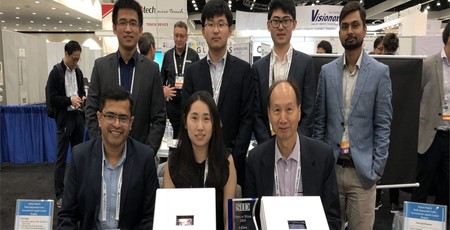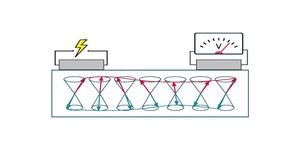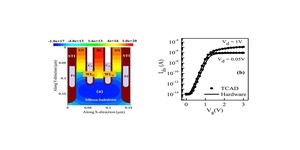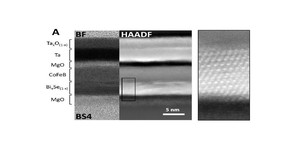Researchers claim major LCD breakthrough
July 4, 2018 | 10:54
Companies: #au-optronics #hong-kong-university-of-science-and-technology

Researchers from the Hong Kong University of Science and Technology (HKUST) have announced the development of a new liquid-crystal display (LCD) technology, dubbed active-matrix ferroelectric LCD (FLCD), which they claim can boost energy efficiency up to fivefold and resolution threefold while reducing production costs.
Working in partnership with Taiwanese display giant AU Optronics, HKUST's State Key Laboratory on Advanced Displays and Optoelectronics Technologies announced the development of the active-matrix ferroelectric LCD technology this week with some dramatic claims from project lead Professor Kwok Hoi-Sing: A three- to fivefold improvement in energy efficiency and a threefold resolution improvement, all while reducing the cost to produce the panels.
The technology works, its creators have claimed, by doing away with the traditional colour filters - which produce LCD panels' array of colours but at the cost of blocking up to 70 percent of the light generated by the backlight - in favour of field-sequential colour technology based on high-speed ferroelectric liquid crystals. Rather than displaying all colours simultaneously, as with a traditional LCD, the team's FLCD displays single-colour images in rapid sequence - so rapid, they claim, the human eye sees a full-colour image.
The energy-efficiency claim comes almost entirely from blocking significantly less light from the backlight, while the team's other claims come from the dropping of the colour filters: The colour filter system, the researchers claim, make up around 30 percent of a panel's manufacturing cost, while ditching them not only saves money but also does away with the single-colour subpixels common to all colour LCD panels - leading to the claimed tripling of resolution and an end to the colour-fringing seen at the sides of images.
'The FLCD requires relatively low power consumption, so it is highly suitable for portable electronic devices such as smartphones, tablets and laptops, [so] batteries can live longer than they do now,' claims Prof. Kwok of the technology. 'The new display could also be applied in high-end displays such as virtual reality headsets and head-mounted displays with its higher resolution and colour performance.'
Sadly, while Prof. Kwok's team has been working with AU Optronics and received an award for the display prototype, no date has yet been offered for the technology's commercialisation. More information is available on the HKUST website.

MSI MPG Velox 100R Chassis Review
October 14 2021 | 15:04








Want to comment? Please log in.